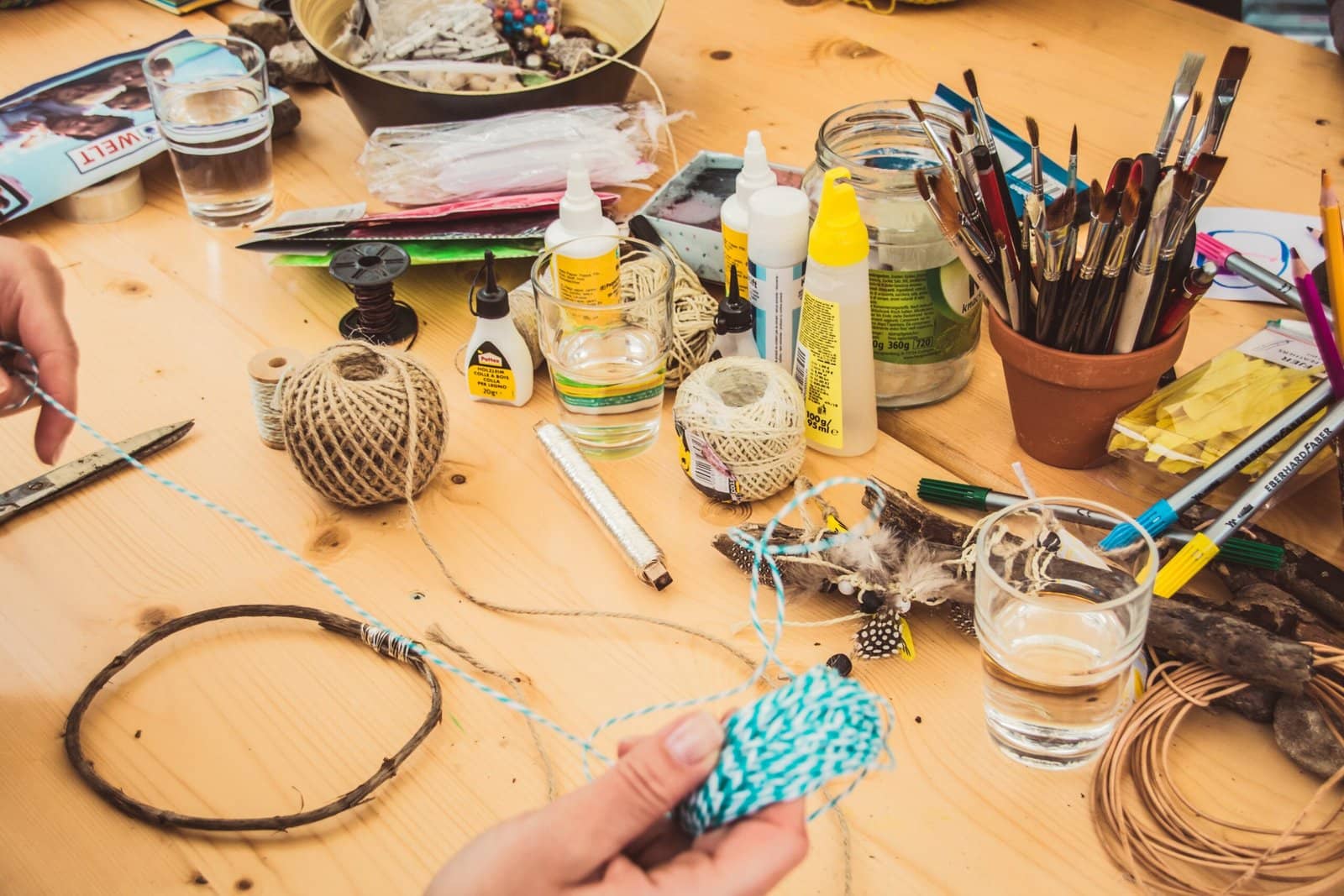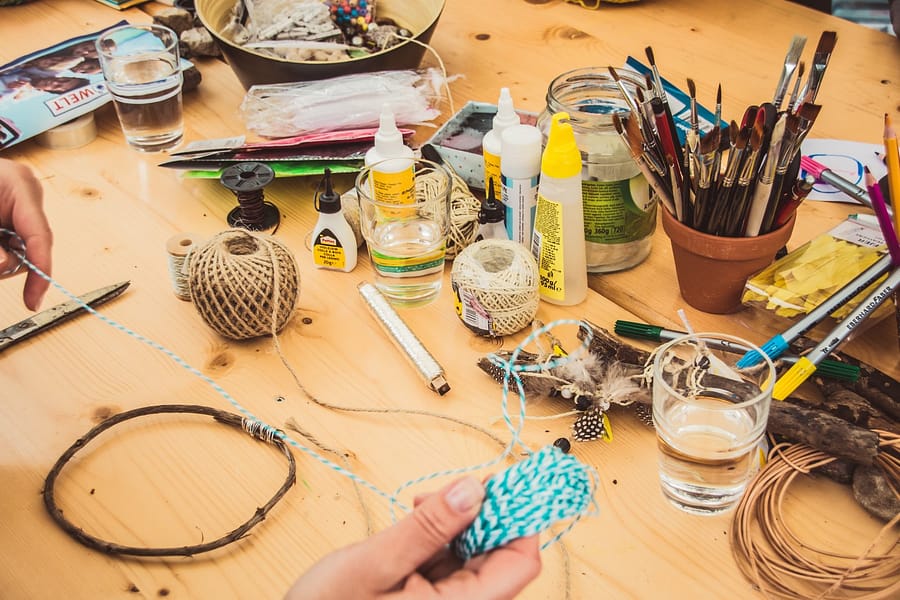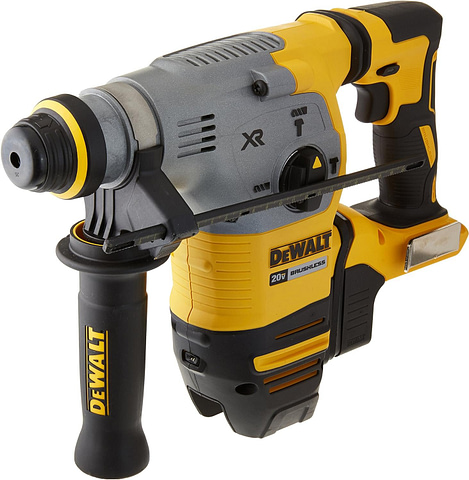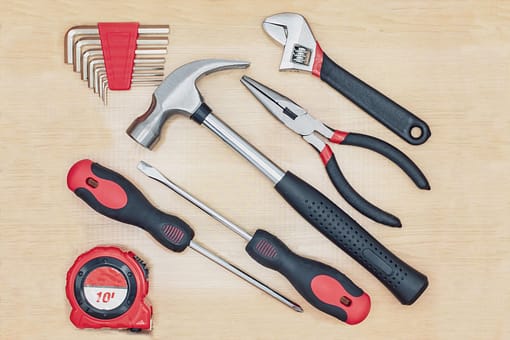Are you looking for a way to unleash your inner artist and express your hidden creativity? Look no further than the world of DIY (Do It Yourself) projects! DIY is a fantastic outlet for self-expression, allowing you to put your personal touch on everything you create. From crafting and decorating to repurposing and renovating, there are endless possibilities to explore. Dive into the world of DIY and let your imagination soar as you discover new ways to express your hidden creativity.
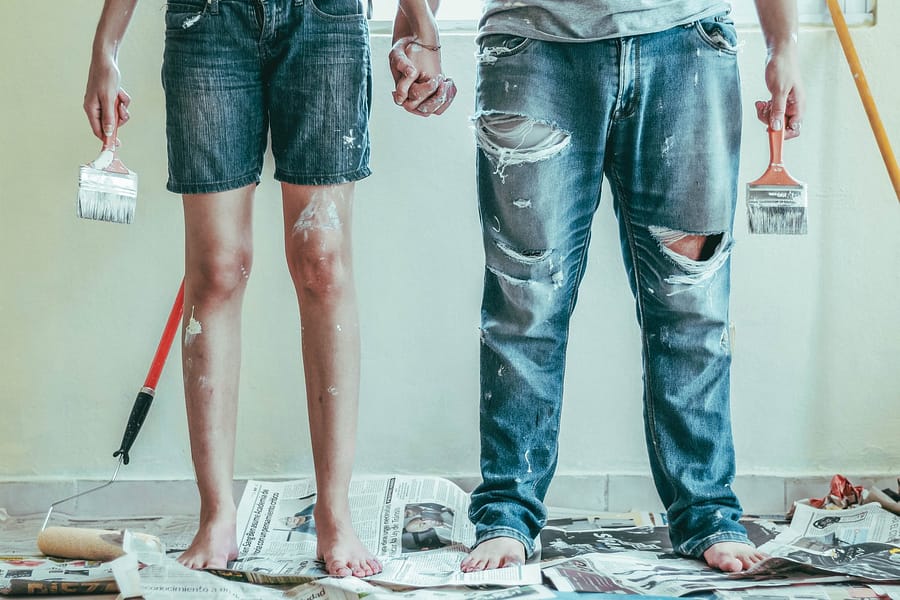
Benefits of DIY for Creativity
Flexibility and Individuality
When it comes to expressing your creativity, DIY projects offer a flexibility and individuality that you won’t find with store-bought items. By taking matters into your own hands, you have the freedom to customize and personalize every aspect of your creation. Whether you’re designing a piece of jewelry, crafting a unique home decor item, or painting a canvas, you have the power to make it truly one-of-a-kind. Embracing DIY allows you to channel your own personal style and infuse your creations with a sense of your individuality.
Sense of Accomplishment
One of the biggest benefits of DIY projects is the sense of accomplishment that comes with completing something entirely on your own. As you start and finish each project, you’ll experience a surge of pride and satisfaction in knowing that you brought your vision to life. This feeling of achievement can boost your confidence and motivate you to take on even more ambitious projects in the future. Whether it’s a small craft or a complex woodworking endeavor, each completed DIY project becomes a tangible representation of your skills and creativity.
Outlet for Self-Expression
DIY projects provide a powerful outlet for self-expression. Through your creative endeavors, you have the opportunity to convey your emotions, thoughts, and personal experiences. Whether you choose to express yourself through painting, embroidery, or woodworking, each project reflects a piece of your unique story. By immersing yourself in the creative process, you can communicate your thoughts and feelings in a tangible way, allowing others to see a glimpse into your world.
Opportunity for Learning and Experimentation
Engaging in DIY projects opens up a whole world of learning and experimentation. As you tackle new projects, you’ll acquire new skills, techniques, and knowledge. Whether it’s learning how to use power tools, experimenting with different painting mediums, or honing your sewing skills, each DIY project offers a chance for growth and development. With every new endeavor, you’ll expand your creativity and gain valuable experience that can be applied to future projects.
Choosing the Right DIY Projects
Identify Your Interests and Skills
To get started with DIY, it’s important to identify your interests and skills. Think about the activities and hobbies that excite you the most. Are you drawn to painting and drawing? Do you enjoy working with wood? Are you passionate about sewing and embroidery? By focusing on your interests, you’ll find more joy and fulfillment in your DIY projects. Additionally, assess your current skill level and choose projects that align with your abilities. Starting with projects that are within your skill range will set you up for success and allow you to build confidence as you progress.
Consider Available Resources
When choosing DIY projects, it’s essential to consider the resources available to you. Take stock of the tools, materials, and workspace you have access to. Some projects may require specialized equipment or techniques that you may need to acquire or learn. You can also explore local resources such as community centers, makerspaces, or workshops that provide access to tools and expertise. Taking into account your available resources will guide you in selecting projects that are feasible and enjoyable for you.
Start with Small and Manageable Projects
As a beginner in the world of DIY, it’s wise to start with small and manageable projects. This allows you to learn and practice the necessary skills without feeling overwhelmed. Simple crafts or home decor items can be a great starting point. Starting small also gives you the opportunity to experiment and explore different techniques, materials, and styles. As you gain confidence and expertise, you can gradually take on more complex and ambitious projects.
Exploring Different DIY Techniques
Crafting
Crafting is a broad category that encompasses various DIY techniques. From paper crafts and scrapbooking to knitting and crocheting, crafting offers endless possibilities for creativity. With a vast array of materials and techniques to choose from, you can create unique and personalized items, such as greeting cards, handmade jewelry, or decorative ornaments. Whether you’re passionate about papercraft, fabric crafts, or jewelry making, crafting allows you to explore your creative side and create beautiful, customized pieces.
Upcycling and Repurposing
Upcycling and repurposing involve giving new life to old or discarded items. This environmentally-friendly DIY technique allows you to transform items that would otherwise end up in landfills into something useful and aesthetically pleasing. From turning old furniture into stylish accents to repurposing glass jars into decorative storage containers, upcycling encourages creativity while reducing waste. It’s a great way to add a unique touch to your living space and demonstrate your commitment to sustainability.
Sewing and Embroidery
For those with an interest in textiles and fabric, sewing and embroidery offer a wealth of creative opportunities. Whether you’re sewing garments, home decor, or accessories, you can experiment with different fabrics, patterns, and techniques to bring your visions to life. Embroidery, on the other hand, allows you to add intricate designs and patterns to fabric, adding a personal touch to any project. These DIY techniques empower you to create custom-made items that reflect your style and personality.
Woodworking
Woodworking is a versatile DIY technique that allows you to create functional and decorative items from wood. From furniture and cabinetry to smaller objects like cutting boards and picture frames, woodworking enables you to work with your hands and create lasting pieces. With woodworking, you can learn to use various tools and techniques to shape, carve, and assemble wood, giving you the satisfaction of creating something substantial and tangible.
Home Decor and Interior Design
DIY projects offer a fantastic opportunity to transform your living space and reflect your personal style through home decor and interior design. Whether it’s painting an accent wall, designing and creating your own art pieces, or repurposing furniture, DIY allows you to take control of your environment and curate a space that resonates with you. By embracing DIY in home decor, you can create a unique sanctuary that reflects your personality and provides a constant source of inspiration.
Painting and Drawing
As one of the most accessible and versatile DIY techniques, painting and drawing allow you to express your creativity on canvas or paper. Whether you’re a beginner or an experienced artist, painting and drawing can serve as both a form of self-expression and a means of relaxation. With a wide range of mediums and techniques to choose from, such as watercolors, acrylics, or charcoal, you can experiment with different styles and subject matters, discovering your own artistic voice along the way.
Jewelry Making
Jewelry making is a DIY technique that allows you to create stunning and unique accessories. From beading and wirework to metal stamping and resin casting, jewelry making offers endless possibilities for self-expression and customization. By designing and crafting your own jewelry, you can wear pieces that are truly reflective of your personal style. Whether you’re creating delicate necklaces, statement earrings, or intricate bracelets, jewelry making enables you to showcase your creativity while accessorizing with one-of-a-kind pieces.
Finding Inspiration for DIY Projects
Blogs and Websites
Blogs and websites dedicated to DIY projects are fantastic sources of inspiration and guidance. From step-by-step tutorials to visual galleries of finished projects, these online platforms provide a wealth of ideas and techniques. Whether you’re looking for specific crafting ideas, woodworking projects, or home decor inspiration, you can easily find inspiration through various DIY-focused blogs and websites. Take the time to explore and discover new ideas that speak to your creative vision.
Social Media Platforms
Social media platforms like Instagram, Pinterest, and YouTube have become virtual treasure troves of DIY inspiration. Through hashtags, profiles, and curated collections, you can find countless accounts and channels that share DIY projects and ideas. By following DIY influencers and creators, you can stay up to date with the latest trends, learn new techniques, and get inspired by their creative journeys. Social media platforms provide a vast and diverse community of DIY enthusiasts who are eager to share their knowledge and experiences.
Books and Magazines
If you prefer a more traditional approach, books and magazines dedicated to DIY projects are timeless sources of inspiration. Whether it’s browsing through beautifully illustrated crafting books, flipping through home decor magazines, or reading about specific woodworking techniques, physical publications offer a sense of tactile exploration and in-depth knowledge. Visit your local bookstore or library to discover a wide range of DIY resources that will spark your creativity and provide detailed instructions for various projects.
Nature and Outdoors
Sometimes, the best sources of inspiration can be found in nature and the outdoors. Take a walk in a nearby park or forest, observe the colors and shapes of flowers and plants, and let the beauty of the natural world ignite your creativity. Whether it’s the patterns on a butterfly’s wings, the texture of a tree bark, or the colors of a sunset, nature is a boundless source of inspiration for DIY projects. By incorporating elements from the outdoors into your creations, you can infuse them with a sense of organic beauty and connection to the world around you.
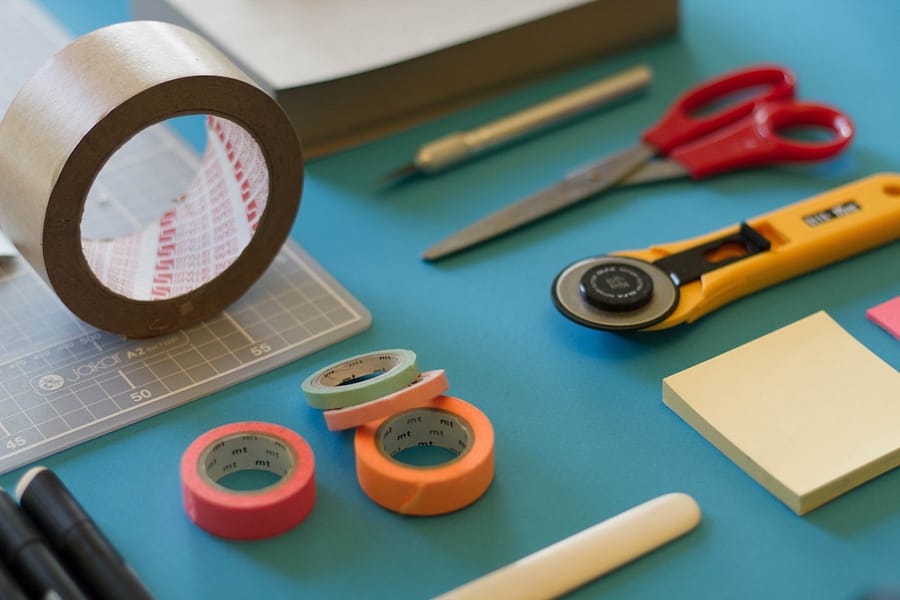
Building Your DIY Toolkit
Basic Tools and Equipment
Building a DIY toolkit is essential for any creative enthusiast. Some basic tools and equipment that are useful for a wide range of DIY projects include a hammer, screwdrivers, pliers, a staple gun, a measuring tape, a level, and a utility knife. These tools will assist you in woodworking, home improvement, and smaller crafting projects. Investing in quality tools, although it may seem costly at first, will ensure that you have reliable equipment that will last for many projects to come.
Materials and Supplies
The materials and supplies you’ll need for DIY projects vary depending on the specific techniques you choose. For crafting projects, you might need paper, scissors, adhesives, and colorful markers or paints. Woodworking projects typically require different types of wood, sandpaper, stains, and finishes. Sewing and embroidery projects call for various fabrics, threads, needles, and sewing machines. Depending on your chosen DIY endeavors, make a list of the materials and supplies you’ll need and stock up accordingly.
Storage and Organization
Keeping your DIY tools, materials, and supplies well-organized is key to an efficient and enjoyable creative process. Invest in storage solutions such as toolboxes, bins, and shelves to keep everything in its place. Labeling containers and grouping items by category can help you quickly find what you need when embarking on a project. Consider dedicating a specific area in your home, such as a workshop or a craft room, solely for your DIY endeavors. Having a designated space will not only keep your materials organized but also serve as a constant reminder to make time for creativity.
Step-by-Step DIY Process
Planning and Research
Every successful DIY project starts with careful planning and research. Determine the specific project you want to undertake and gather reference materials, whether it’s through books, online tutorials, or similar projects. Study the techniques, materials, and tools required to ensure that you have a clear understanding of the steps involved. Plan out a timeline for the project, considering any deadlines or time constraints.
Gathering Materials
Once you have a solid plan in place, gather all the necessary materials and supplies. Make a list and double-check that you have everything you need before you begin. If you’re missing any items, make a trip to the store or place an online order to ensure smooth progress throughout the project.
Execution and Construction
With your materials ready, it’s time to execute the project. Follow the steps outlined in your research and reference materials, taking care to measure accurately, use tools correctly, and follow safety guidelines. Work at a comfortable pace, allowing yourself time to fully immerse in the project and enjoy the process. Stay patient and perseverant, especially if you encounter obstacles or challenges along the way.
Finishing and Final Touches
As you near the completion of your DIY project, focus on the finishing touches. This is the time to refine and polish your creation, paying attention to details such as sanding rough edges, applying a final coat of paint, or adding decorative elements. Take pride in your craftsmanship and ensure that every aspect of your creation meets your standards. Once you’re satisfied with the final result, step back and admire your work.
Incorporating DIY into Everyday Life
Personalizing Your Living Space
An effective way to incorporate DIY into your everyday life is by personalizing your living space. Look around your home and identify areas where you can create custom pieces or add unique touches. Whether it’s designing and framing artwork for your walls, sewing custom cushion covers, or upcycling furniture with a fresh coat of paint, DIY allows you to turn your living space into a reflection of your personal style and creativity.
DIY Gifts and Presents
Another way to integrate DIY into everyday life is through the creation of handmade gifts and presents. Rather than purchasing generic items, consider making personalized gifts for your loved ones. Put your DIY skills to use and create handmade jewelry, knit scarves, or even build custom furniture pieces. Handmade gifts carry a special meaning and show your thoughtfulness and creativity.
Making DIY a Hobby or Business
For those who have a deep passion for DIY, turning it into a hobby or even a business can be a fulfilling endeavor. Set aside dedicated time to engage in DIY projects and immerse yourself in your creative passions. You can also explore the possibility of selling your handmade creations online or at craft fairs, turning your hobby into a small business venture. This allows you to share your creativity with others while potentially generating income from your skills and expertise.
Teaching and Collaborating with Others
Sharing your knowledge and skills with others is an enriching way to incorporate DIY into your everyday life. Consider teaching workshops or classes where you can guide others in their creative journeys. Collaborate with fellow DIY enthusiasts on joint projects or participate in DIY communities to exchange ideas and expand your network. Engaging with others who share your passion for DIY can inspire new perspectives and foster a sense of community.
Overcoming Challenges in DIY
Time Management
Time management can be a common challenge when engaging in DIY projects. To overcome this, set realistic goals and allocate dedicated time for your creative pursuits. Break your projects down into smaller tasks and establish a timeline, allowing for flexibility. Prioritize your DIY activities and eliminate unnecessary distractions to make the most of your available time.
Budget Limitations
Working within a budget is another challenge that DIY enthusiasts often face. However, DIY projects can be done on any budget by being resourceful and creative. Seek out affordable materials, repurpose items you already have, and look for cost-effective alternatives when necessary. Remember, creativity often thrives under constraints, and you can achieve remarkable results while staying within your budget.
Learning from Mistakes and Setbacks
Mistakes and setbacks are an inevitable part of any DIY journey. Instead of becoming discouraged, embrace them as opportunities for growth and learning. Analyze the mistakes and setbacks, identify the lessons they offer, and apply these insights to future projects. Remember that every mistake is a chance to refine your skills and improve your craft.
Joining DIY Communities
Online Forums and Groups
Online forums and groups dedicated to DIY provide valuable resources, support, and a sense of community. Joining these platforms allows you to connect with like-minded individuals, seek advice, and share your projects. By participating actively in online discussions, you can learn from others’ experiences, gain fresh perspectives, and find inspiration for your next DIY endeavor.
Local Workshops and Classes
Attending local workshops and classes not only expands your DIY knowledge and skills but also offers opportunities for face-to-face interaction with fellow DIY enthusiasts. Check community centers, educational institutions, and craft stores in your area for workshops and classes on various DIY techniques. These in-person learning experiences provide hands-on guidance, networking opportunities, and a chance to learn from experienced instructors.
Craft Fairs and Markets
Craft fairs and markets are vibrant spaces where DIY enthusiasts come together to showcase and sell their creations. Visiting these events not only supports local artisans but also provides inspiration and allows you to witness the creativity of others firsthand. Interacting with the creators and discussing their techniques and inspirations can broaden your horizons and motivate you to continue exploring your own creativity.
DIY as a Form of Self-Care
Relaxation and Stress Relief
Engaging in DIY projects can serve as a form of relaxation and stress relief. The act of creating can help you escape from the pressures of everyday life and provide a sense of mindfulness and tranquility. By diverting your focus to the project at hand, you can find solace in the meditative process of DIY and achieve a state of calmness. It’s a therapeutic outlet that allows you to recharge and rejuvenate.
Boosting Confidence
Completing DIY projects and witnessing your own capabilities can significantly boost your confidence. As you tackle new projects and overcome challenges, you’ll develop a sense of self-assurance in your creative skills. Each finished project serves as a tangible reminder of your accomplishments, empowering you to take on more ambitious endeavors. Confidence gained through DIY can spill over into other areas of your life, fueling your overall self-esteem.
Promoting Mindfulness
Engaging in DIY projects promotes mindfulness by encouraging you to be fully present in the creative process. As you focus on each task, whether it’s cutting fabric, sanding wood, or applying paint, you become more attuned to the present moment. This heightened awareness fosters a sense of mindfulness and facilitates a deeper connection with your creativity. By immersing yourself in DIY, you cultivate a mindful mindset that can positively impact various aspects of your life.
